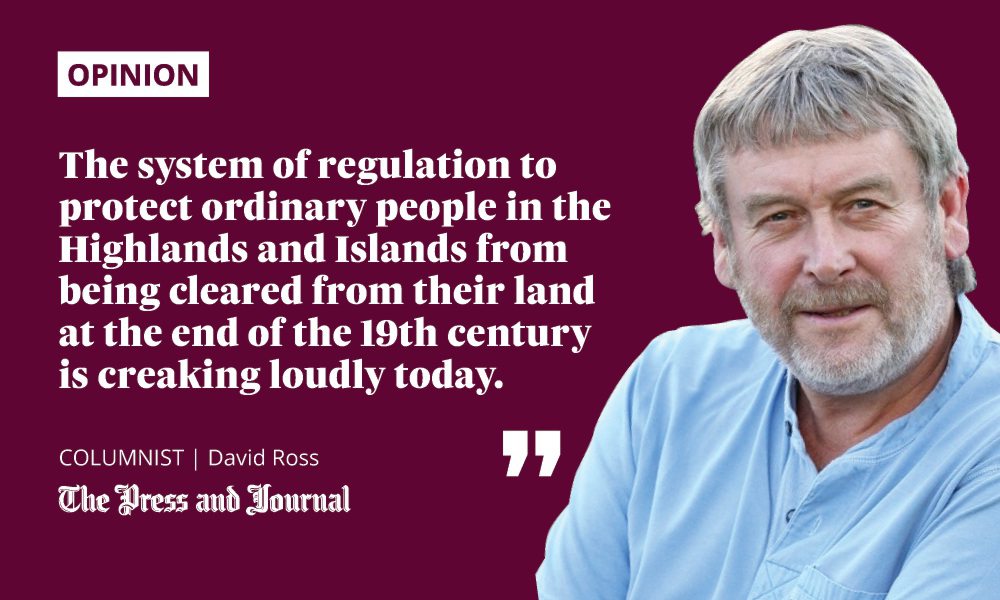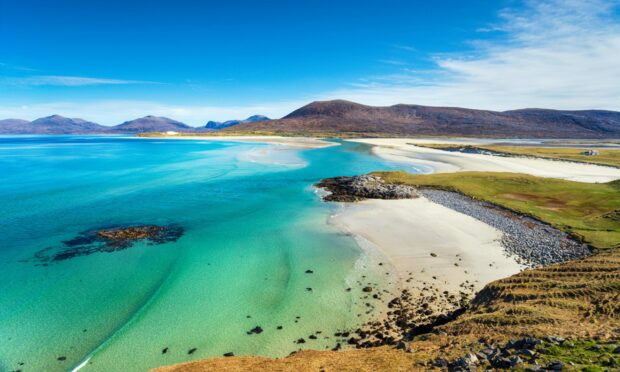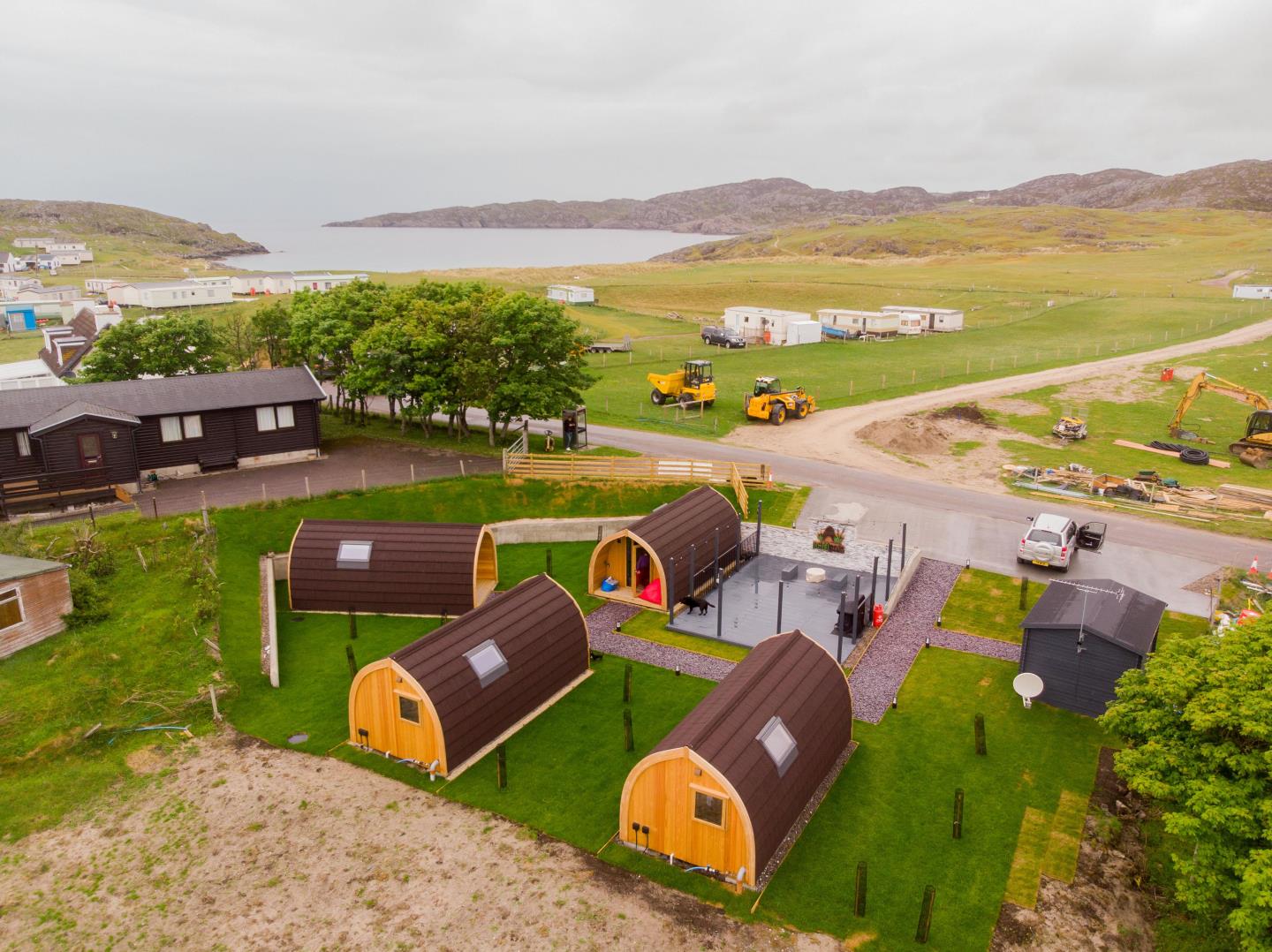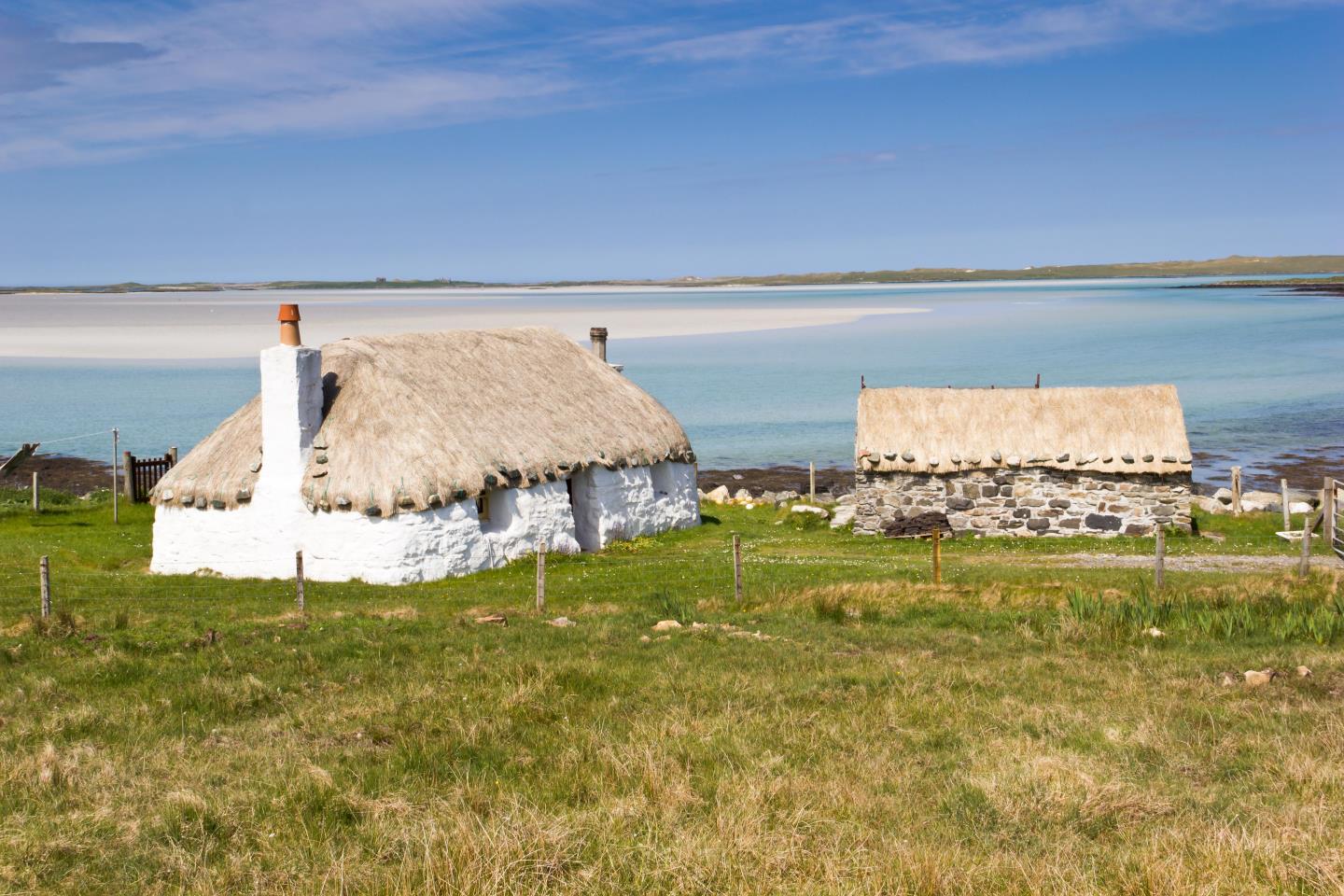Not everybody will have noticed the absence of a crofting reform bill in the Scottish Government’s programme published last week.
This is despite the SNP manifesto commitment “to reform the law and develop crofting to create more active crofts.”
Donald MacKinnon, chair of the Scottish Crofting Federation, noticed.
“Given that the government stopped the progress of the crofting law reform bill in the last term… it is galling that the bill, or indeed any crofting-specific actions, are not included in the programme,” he said.

Rural affairs secretary, Mairi Gougeon, explained the initiative was for a single year, and “whilst there is no crofting bill in this year’s programme, we remain committed to modernising crofting law in this parliamentary term.”
Certainly, a bill would be needed to tackle the huge challenges facing crofting – challenges which could prove existential.
The system of regulation to protect ordinary people in the Highlands and Islands from being cleared from their land at the end of the 19th century is creaking loudly today.
Locals can’t afford to buy property
Young local people who want to croft are denied, despite many crofts not being worked. When crofts or croft tenancies are put up for sale, few can compete with the money those from outside looking for a remote idyll or a development opportunity can raise.
You can’t get a mortgage to buy a croft.
The statutory regulatory body, the Crofting Commission, appears not to have the legal powers, or some say the will, to address these issues. This came to a head on the west side of Harris, at Luskentyre, where there was a row recently over a plan to erect eight glamping pods on a croft.
As The P&J reported: “It is being met with unprecedented opposition from the community, politicians and estate owners. Locals say the scale is irresponsible and has ‘crossed a line’.”
Some 57% of houses in the area are already holiday homes or self-catering properties. More than 10,000 people signed a petition, and such was the pressure that the planning application for the pods has now been withdrawn. But the issues it raised remain.
National park status would solve problems
The croft was owned by the community body, the West Harris Trust. It already had three houses and consent for an additional three holiday pods. If the application had been approved, the site would have 14 buildings where three years ago there was one.
The croft had been tenanted by an elderly lady. She bequeathed her tenancy to an islander who pre-deceased her. The West Harris Trust wrote to the Crofting Commission, raising concerns that the tenancy had been offered for sale at £220,000, but reportedly sold for £250,000 – well beyond what young islanders could afford.
But the trust’s main concern was that the man who purchased the tenancy had a few months earlier secured the tenancy of another croft up in North Harris. The commission said it couldn’t intervene. The purchaser went on to exercise his legal right to buy the croft from the trust, which was powerless to stop him.
The people of Harris may well reflect that, had their bid to win national park status for their island been successful a decade ago, any such controversial planning application could have been called in by their park authority.
They could try again. The deal struck between the SNP and the Scottish Green Party last month has opened the door to at least one new national park by the end of this parliament.
Harris still has pressing needs
Harris has suffered dreadfully from depopulation, losing 52% of its people between 1951 and 2011. In a local ballot in 2010, with a turnout of nearly 72%, islanders voted by more than two to one to pursue national park designation, as the best chance of a sustainable future.
A feasibility study calculated that 10 to 15 full-time jobs would come with a Harris national park authority. But, with indirect employment included, there could be up to 90 jobs – the equivalent of more than 1,000 in the Central Belt. The study concluded: “The most pressing needs in Harris are to reverse population decline and improve its age structure.”
“Significant swathes of the island are community-owned, and national park designation could provide a unique model of local control
Comhairle nan Eilean Siar (the Western Isles Council), however, decided a persuasive case had not been made “at this stage” for a Harris national park. Ministers, then wrestling with UK austerity, used that as an excuse not to spend the necessary money.
A decade on, Harris still has pressing needs. Significant swathes of the island are community-owned, and national park designation could provide a unique model of local control.
Six other areas appear to want to follow in the footsteps of Loch Lomond & the Trossachs and the Cairngorms, and become Scotland’s third national park. But if there is still local support, the Scottish Government must see this is a chance to do something important for Harris.
David Ross is a veteran Highland journalist and author of an acclaimed book about his three decades of reporting on the region


